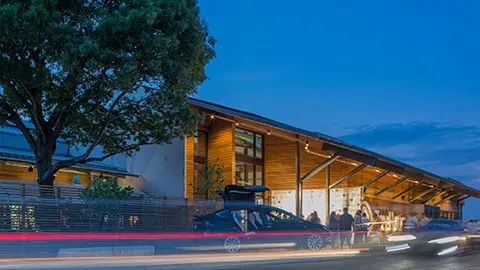It’s Hard to Find an EV for Sale
The growth of electric car sales over the past two years in the United States has been very impressive. In 2022, EV sales and market share reached record numbers, with strong growth continuing at the start of 2023. Growing charging infrastructure and new models that address new market segments such as pickup trucks and large SUVs make going electric easier than ever. But, according to the Sierra Club, finding one to buy, or to test drive, can be quite challenging in many parts of the country. That lack of availability might actually mean that EV sales numbers would be even higher if manufacturers could produce and deliver more electric cars to dealers.
In a nationwide survey conducted in the second half of last year, across 784 dealerships, the Sierra Club found that 66 percent of car dealerships nationwide did not have a single electric car available for sale – even those representing brands with multiple EVs in their lineup. Supply chain issues, allocation, and inventory challenges created barriers to electric car availability that made it impossible for those curious about EVs to test drive them, or to buy one without having to wait many months for delivery. Popular models like the Ford F-150 Lightning, Volkswagen ID.4 and Toyota bZ4X were launched with online waiting lists that quickly filled up, the result being that every car that landed at a dealer was immediately delivered – leaving no inventory to sell or test drive on site.

Where Can You Find EVs and From What Brands?
Interestingly, the west of the U.S., which represents 45 percent of EV sales in the country, had the biggest supply constraints. (The situation in California, the top-selling state for electric cars, was the most dire, with 19 percent of dealers having available units.) Only 27 percent of dealers in the region had an electric car for sale, lower than all other regions. In the southeast, 41 percent of dealers had an EV for sale – but it represents 17 percent of EV sales nationwide. You can find the regional breakdown on Sierra Club's website.
The study also noted differing availability by automaker and brand. Mercedes-Benz dealers had the greatest availability of electric models, perhaps a result of their premium positioning and higher prices, followed by BMW/Mini, Hyundai, Ford, and Volkswagen.
Lagging near the back of the pack were Subaru, whose first EV, the Solterra, was introduced in late 2022, and Toyota, who introduced the related bZ4X at around the same time. Both vehicles were beset by recalls early on, which made the situation even worse. Honda, who does not yet have a new electric vehicle available for sale, came last.
Interestingly, the study suggests that vehicles available for sale and test drive could correlate with increased sales. Hyundai, Ford, and Volkswagen who ranked third, fourth, and fifth for availability, ranked first, second, and fourth in sales outside of Tesla; luxury player BMW was next in sixth.
Many dealers reported that they would be getting more electric cars in 2023 than in 2022, which should help increase sales further; others cited the need to install charging infrastructure before they could get serious about EV sales; and almost all cited the need for more inventory on-hand to demonstrate.

How to Rapidly Expand Electric Car Sales
Availability issues are nothing new to the car industry, which is still rebounding from the COVID-19 pandemic and its associated supply chain issues. However, the Sierra Club suggests that manufacturers have been slow to respond to the increased demand for electric cars, and have not scaled up EV supply accordingly. The study cites nearly a million EVs being sold in the U.S. in 2022, but with reported reservations and pre-orders hovering around the 1.9 million mark – reducing the business potential of EVs but also slowing progress towards reducing pollution.
To bridge the gap to rapidly increasing demand, the report urges manufacturers to rapidly scale up EV production while creating a more robust domestic supply chain – while many manufacturers have made significant announcements, new factories and supply chains are still years out. The Sierra Club also says manufacturers should provide more support for dealers selling EVs – including free or affordable certification, and improved marketing. Dealers can help, too, by partnering with utilities to upgrade their charging infrastructure, providing improved training for their salespeople, and ensuring that customers access all of the rebates and tax credits available to them.
With industrial-scale changes having been announced, but years away, education and local initiatives will be key to getting more drivers into EVs in the short term.













